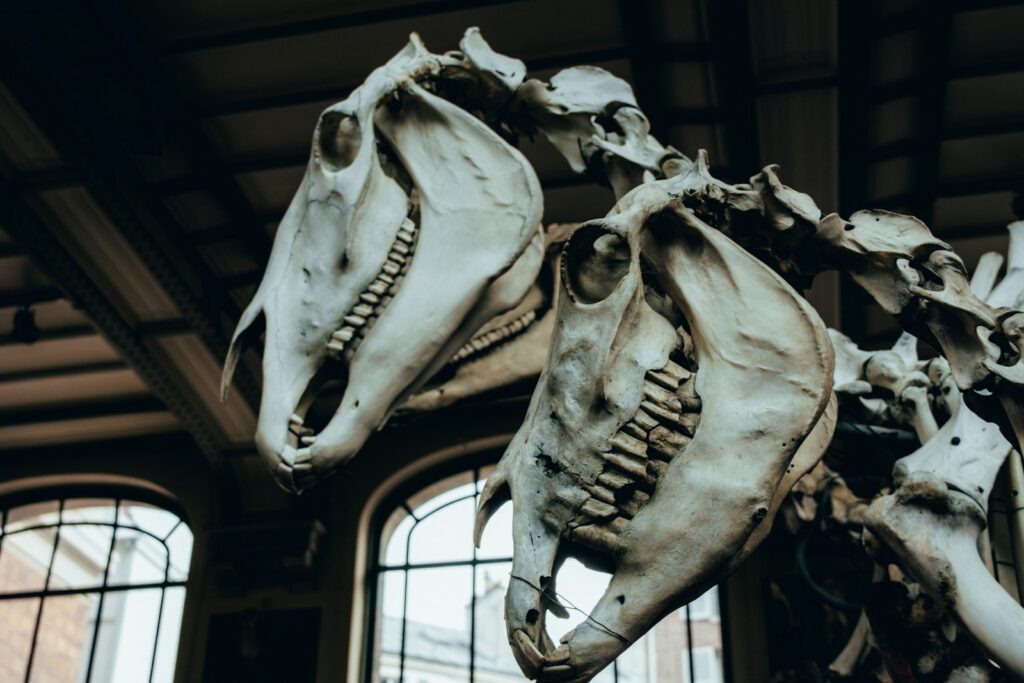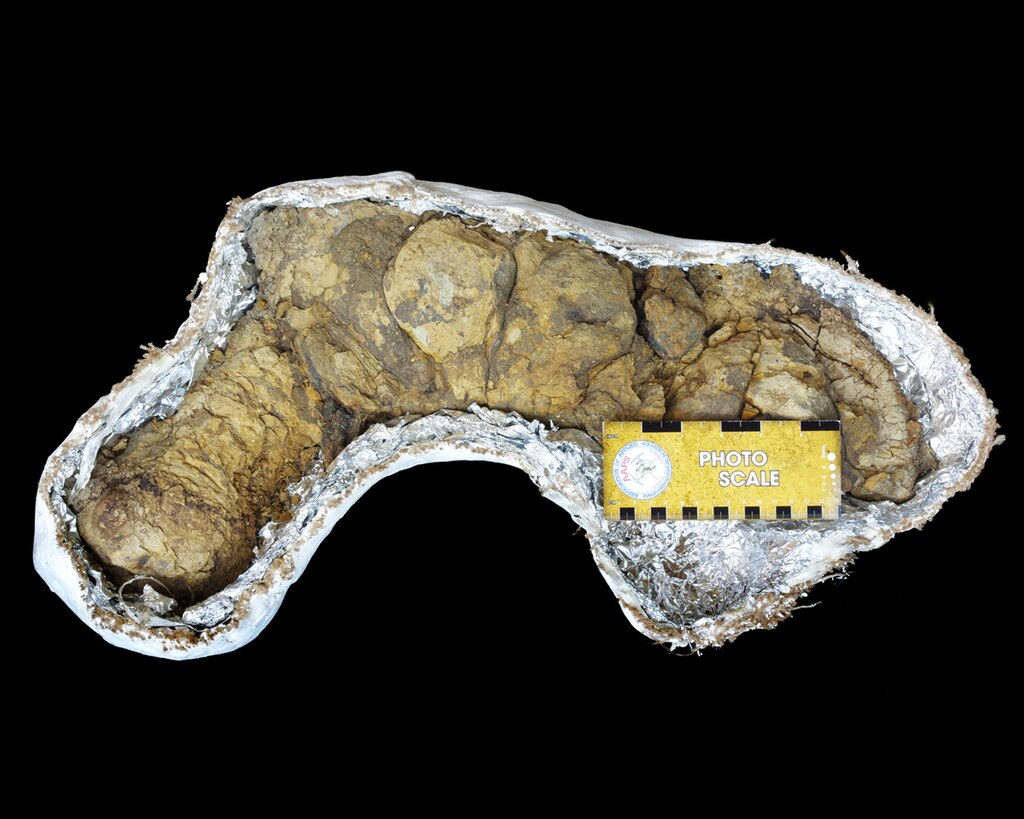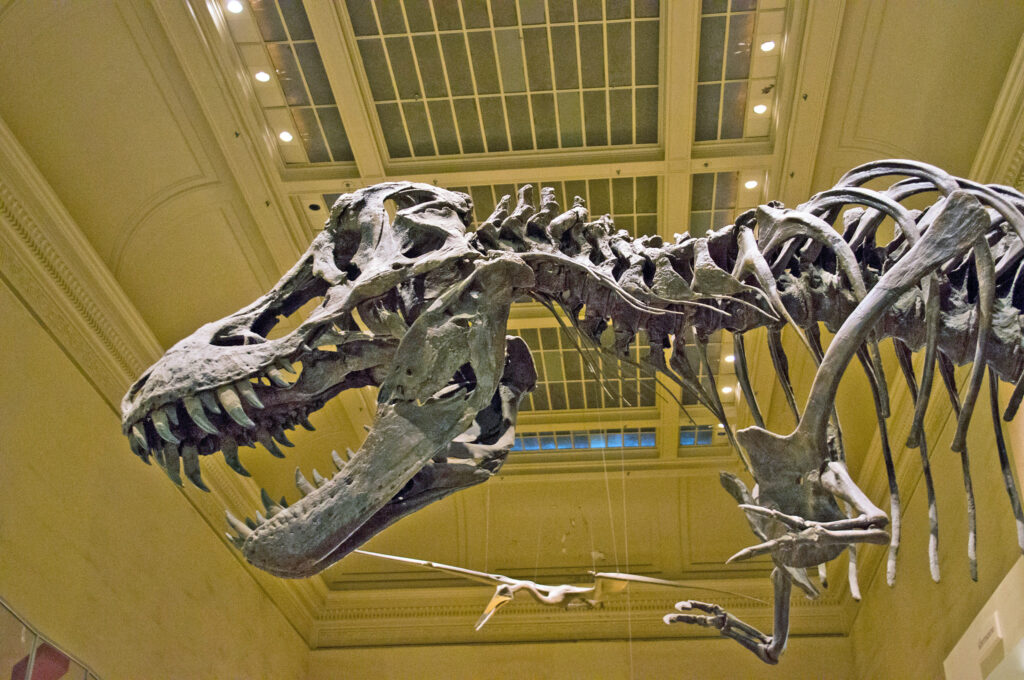The question of whether dinosaurs could coexist peacefully with other species invites us to explore a fascinating intersection of paleontology, ecology, and evolutionary biology. For over 165 million years, dinosaurs dominated Earth’s terrestrial ecosystems, living alongside countless other species including early mammals, amphibians, reptiles, and various invertebrates. While Hollywood often portrays dinosaurs as relentless predators constantly engaged in dramatic battles, the reality of dinosaur coexistence was far more complex and nuanced. By examining the fossil record and applying our understanding of modern ecological relationships, we can piece together a more accurate picture of how these magnificent creatures interacted with their contemporary species and consider what might have happened had they not faced extinction 66 million years ago.
The Reality of Dinosaur Coexistence in Ancient Ecosystems

Contrary to popular depictions, dinosaurs weren’t constantly engaged in dramatic battles with other species. Fossil evidence shows that dinosaurs successfully coexisted with numerous other animal groups for over 165 million years, including primitive mammals, amphibians, early birds, reptiles, fish, and countless invertebrates. This long-term coexistence suggests that stable ecological relationships had developed between dinosaurs and their contemporary species. Paleontologists have discovered evidence of complex food webs where dinosaurs occupied various niches, from apex predators to massive herbivores, allowing for ecological balance. Just as modern ecosystems support diverse species occupying different ecological roles, dinosaur-dominated ecosystems featured numerous species coexisting through niche differentiation and resource partitioning.
Predator-Prey Relationships: Beyond Simple Aggression
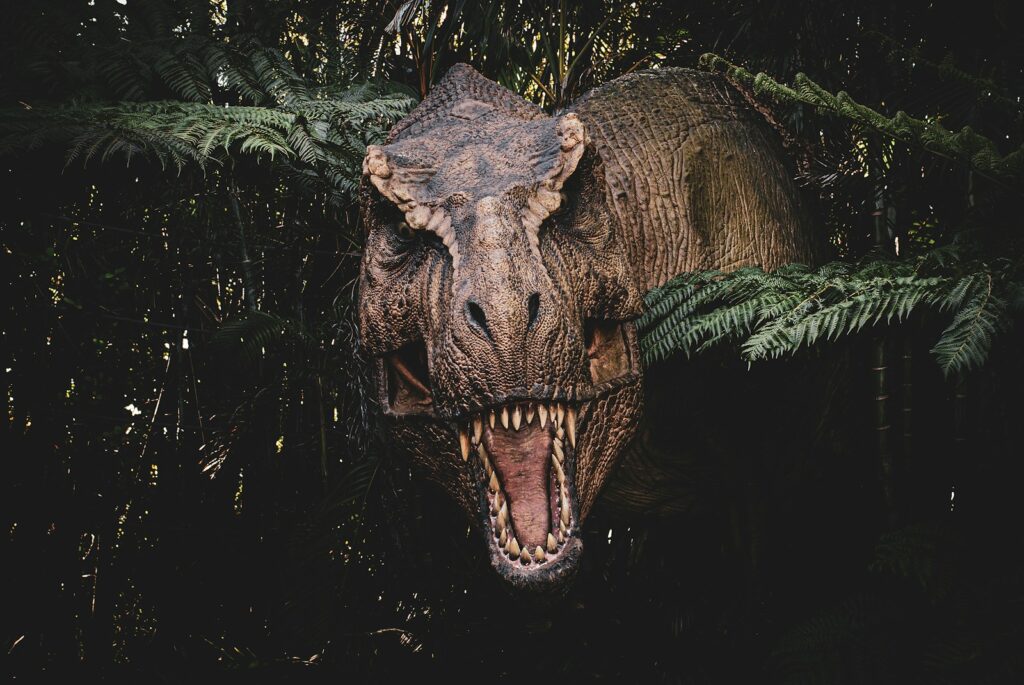
Predatory dinosaurs like Tyrannosaurus rex or Velociraptor certainly hunted other animals, but predation doesn’t necessarily preclude peaceful coexistence from an ecological perspective. Modern predator-prey relationships actually contribute to ecosystem health by controlling population sizes and preventing resource depletion. Fossil evidence suggests that predatory dinosaurs had specific hunting preferences and strategies, targeting particular prey rather than indiscriminately attacking all species. The relationship between predator and prey often drives evolutionary adaptations on both sides, creating a biological “arms race” that ultimately promotes biodiversity. Importantly, predation represents just one type of ecological interaction; many dinosaurs were herbivores that had limited direct impact on animal species, instead forming relationships with the plant life of their era.
Herbivorous Dinosaurs and Their Ecological Impact
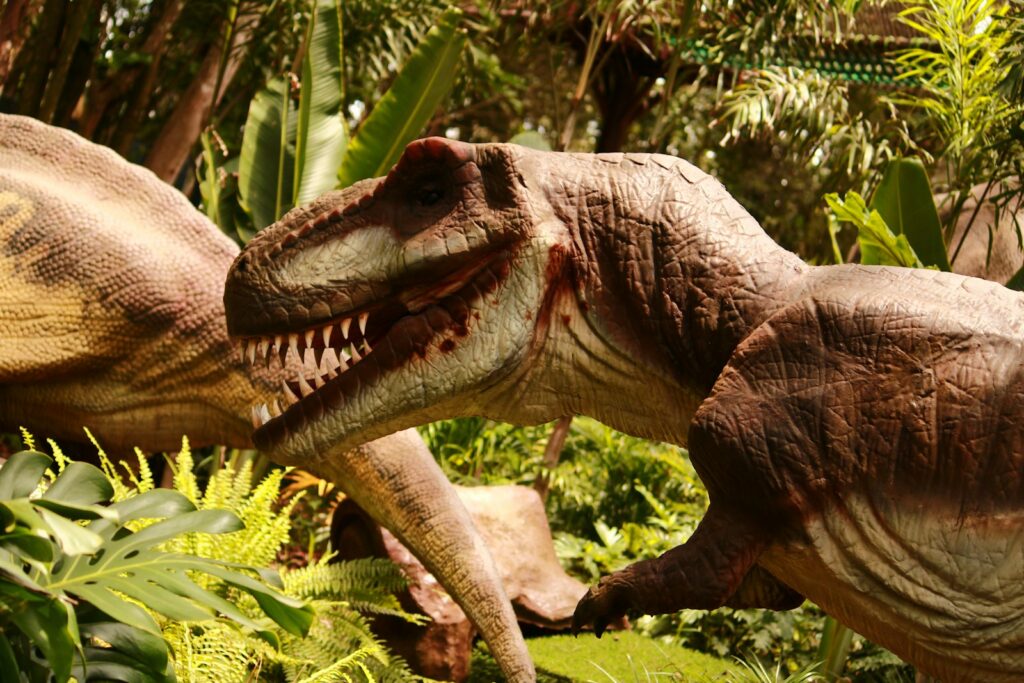
The majority of dinosaur species were actually herbivores, not the fearsome carnivores often highlighted in popular media. These plant-eaters, from the massive long-necked sauropods to the horned ceratopsians, coexisted peacefully with most animal species around them, interacting primarily with plants. Herbivorous dinosaurs likely helped shape plant communities through selective feeding, potentially promoting biodiversity in ancient forests and plains. Their massive size and consumption rates would have influenced vegetation patterns, creating ecological opportunities for other species to thrive. Fossil evidence of coprolites (fossilized dung) reveals that herbivorous dinosaurs may have also played critical roles in seed dispersal, similar to how large herbivores like elephants shape modern ecosystems. Through these indirect interactions, herbivorous dinosaurs likely created conditions that benefited many smaller animal species.
Mammals During the Age of Dinosaurs

Contrary to common belief, mammals coexisted with dinosaurs for over 150 million years, though most remained small and nocturnal during this period. Fossil evidence suggests early mammals evolved and diversified while living in dinosaur-dominated ecosystems, finding their own ecological niches. Most Mesozoic mammals were likely insectivores or omnivores, occupying microhabitats that larger dinosaurs couldn’t access. This niche partitioning allowed for peaceful coexistence by minimizing direct competition for resources. The nocturnal habits of many early mammals may have evolved specifically to avoid dinosaur predation, demonstrating how adaptations can facilitate coexistence between potentially competing groups. After the dinosaur extinction, mammals rapidly diversified to fill vacated ecological niches, suggesting they had been evolutionarily “waiting in the wings” while successfully coexisting with dinosaurs.
Evidence of Symbiotic Relationships

Beyond predation and competition, paleontologists have found tantalizing evidence suggesting possible mutually beneficial relationships between dinosaurs and other species. Some fossil sites have revealed potential cleaning relationships, where smaller creatures may have removed parasites from dinosaurs, similar to modern cleaning symbioses. Certain dinosaur coprolites (fossilized dung) contain evidence of specialized dung beetles and other invertebrates that would have benefited from dinosaur waste while helping to recycle nutrients. Birds evolved from theropod dinosaurs during the Jurassic period and successfully coexisted with their dinosaur relatives for millions of years, occupying different ecological niches. There’s also evidence that some small mammals and reptiles may have utilized abandoned dinosaur nests or burrows for shelter, creating indirect mutualistic relationships. These examples suggest that cooperative interactions, not just competitive ones, characterized dinosaur ecosystems.
Territorial Behavior and Resource Partitioning
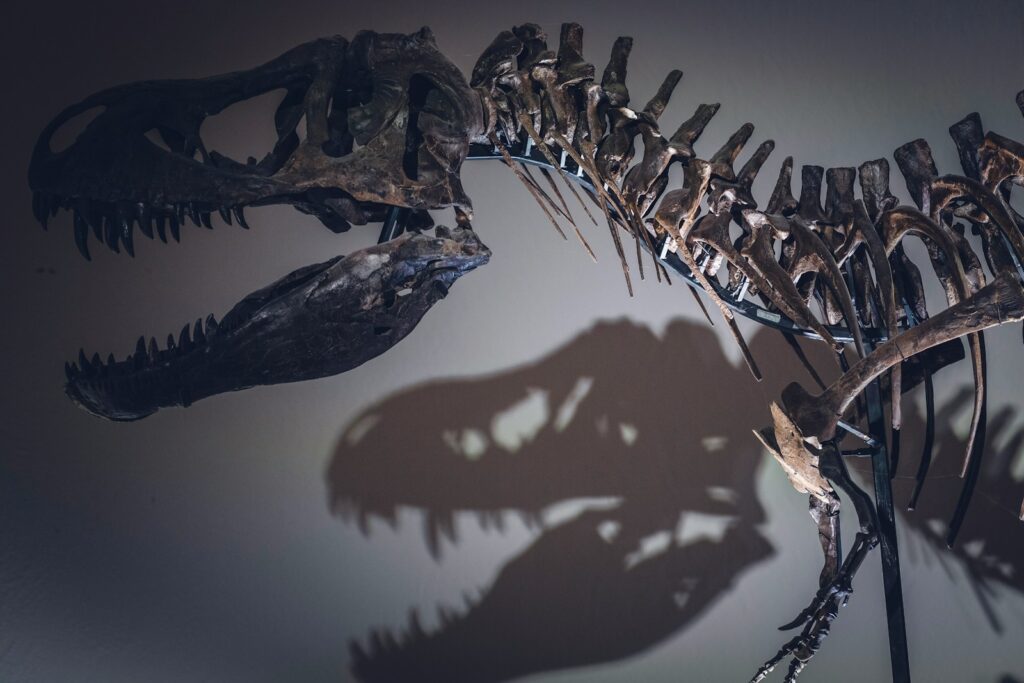
Fossil evidence suggests that many dinosaur species developed sophisticated behaviors for sharing habitat space with other animals. Track sites showing multiple species using the same areas without apparent conflict indicate that temporal separation (using the same spaces at different times) may have been common. The extreme size differences between dinosaurs and many contemporaneous species naturally led to niche partitioning, where animals utilized different aspects of the same environment. Distinct feeding adaptations among herbivorous dinosaurs, such as different heights at which they browsed, reduced direct competition for plant resources. Some dinosaur groups show evidence of herding behavior, which typically involves established migration routes and territories that would have created predictable patterns for other species to adapt around. These various mechanisms of resource partitioning likely facilitated relatively peaceful coexistence among diverse animal groups.
The Impact of Environmental Factors on Coexistence
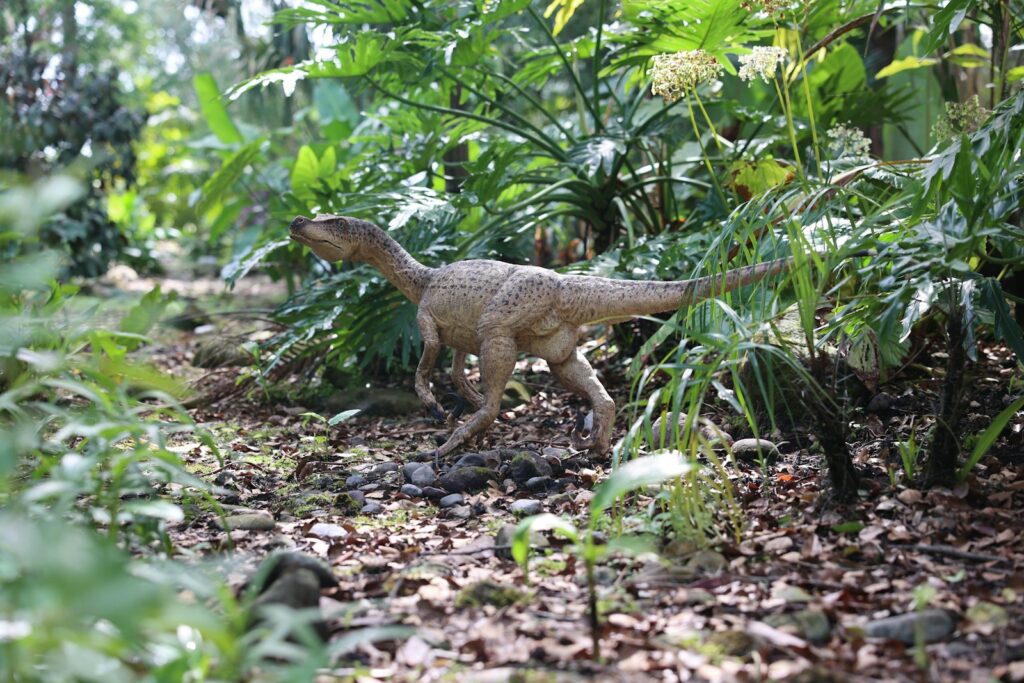
Environmental conditions significantly influenced how dinosaurs interacted with other species throughout their 165-million-year reign. During periods of abundant resources, competition between species would have been minimized, allowing for more peaceful coexistence across ecological communities. Climate fluctuations during the Mesozoic Era forced adaptations among all animal groups, potentially reshaping interspecies relationships as environments changed. Geographical isolation on different continents led to distinct evolutionary trajectories for dinosaur communities, resulting in varying relationships with local species. The gradual breakup of the supercontinent Pangaea throughout the dinosaur era created new opportunities for species isolation and adaptive radiation, changing coexistence patterns. These environmental factors remind us that interspecies relationships are dynamic and context-dependent, not simply a product of innate aggression or peaceful tendencies.
Lessons from Modern Ecosystem Dynamics
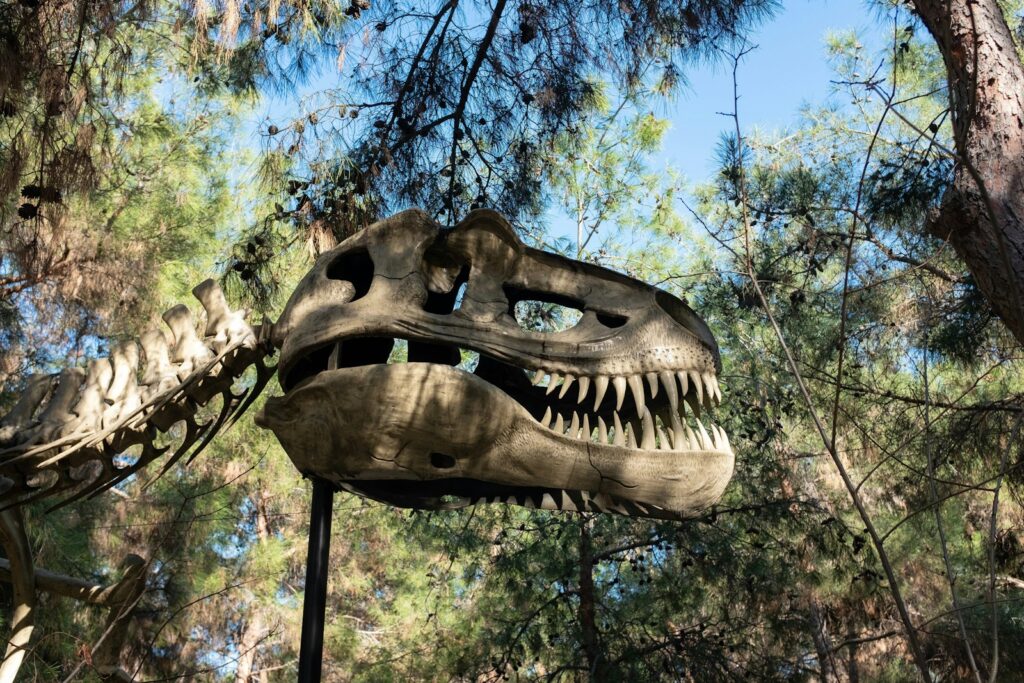
Modern ecosystems provide valuable insights into how dinosaurs might have coexisted with other species. Today’s large predators like lions and wolves typically target specific prey species and ignore most other animals, suggesting that predatory dinosaurs likely exhibited similar selective behaviors. Large herbivores such as elephants substantially alter their environments but coexist with countless smaller species, mirroring the probable relationship between massive sauropods and smaller contemporary animals. Contemporary ecosystems demonstrate that stability often depends on complex networks of relationships rather than simple bilateral interactions, indicating dinosaur ecosystems likely operated with similar complexity. The concept of keystone species, where certain animals have disproportionate effects on ecosystem health, suggests that dinosaurs may have played critical roles that actually benefited many coexisting species. These modern parallels help us move beyond simplistic “peaceful vs. aggressive” dichotomies when considering dinosaur coexistence.
Could Dinosaurs Coexist with Modern Species?
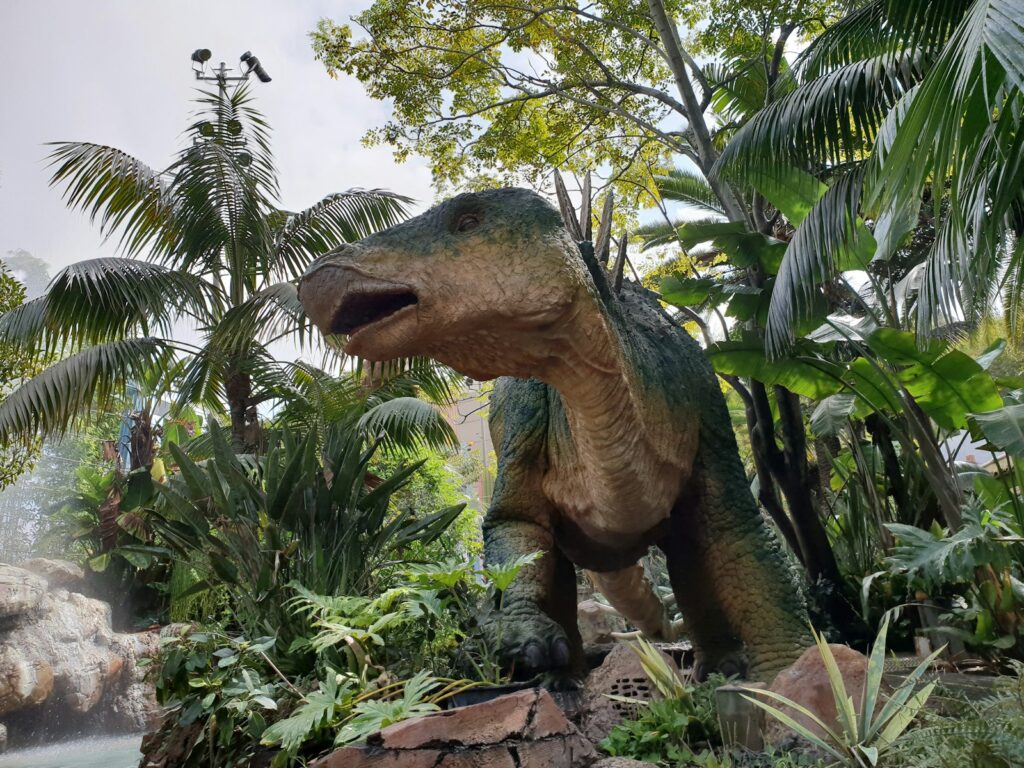
The hypothetical scenario of dinosaurs interacting with modern fauna raises fascinating ecological questions about adaptive potential. Non-avian dinosaurs evolved in ecosystems fundamentally different from today’s, with different atmospheric compositions, plant communities, and climatic conditions. Modern mammals have evolved sophisticated competitive adaptations over 66 million years since dinosaur extinction, potentially giving them advantages that Mesozoic mammals lacked. However, the sheer size and physical adaptations of many dinosaur species would likely still make them formidable ecosystem components today. Climate change and human activity have already significantly impacted modern ecological balances, making it difficult to predict how dinosaurs would integrate into today’s disrupted systems. The success of birds—the surviving dinosaur lineage—in coexisting with mammals offers evidence that dinosaur physiology and adaptability could potentially succeed in modern ecosystems.
Comparing Dinosaur Social Structures with Modern Animals

Fossil evidence increasingly suggests that many dinosaur species exhibited complex social behaviors that would have influenced their interactions with other species. Trackways showing multiple individuals moving together indicate that many dinosaurs traveled in groups, similar to modern herd animals that peacefully coexist with other species. Nesting sites with multiple individuals suggest parental care and possible colonial nesting in some species, behaviors seen in modern birds that successfully share habitats with numerous other animals. Evidence of potential pack hunting in some theropods parallels social predators like wolves, which, despite being predators, maintain stable ecological relationships with diverse species. Brain case studies in certain dinosaur groups suggest relatively advanced cognitive capabilities, potentially allowing for sophisticated interspecies recognition and behavior modulation. These social adaptations would have created predictable behavioral patterns that other species could adapt to, facilitating coexistence.
The Evolutionary Advantages of Peaceful Coexistence

From an evolutionary perspective, peaceful coexistence often confers greater advantages than constant aggression or competition. Aggressive interactions require energy expenditure and risk of injury, making them evolutionarily costly when alternatives exist. Stable ecosystems typically involve complex interconnected relationships where species benefit directly or indirectly from each other’s presence, suggesting dinosaurs likely evolved similar ecological interdependencies. The long evolutionary success of dinosaurs (165+ million years) strongly suggests they developed sustainable relationships within their ecosystems rather than destructive ones. Fossil evidence of diverse, species-rich ecosystems throughout the Mesozoic indicates that dinosaurs were compatible with high biodiversity, not destructive to it. Many modern ecological studies demonstrate that cooperative strategies and niche specialization often outperform direct competition as evolutionary strategies, a principle that would have applied equally in dinosaur-dominated ecosystems.
The Coexistence Question in Paleontological Research
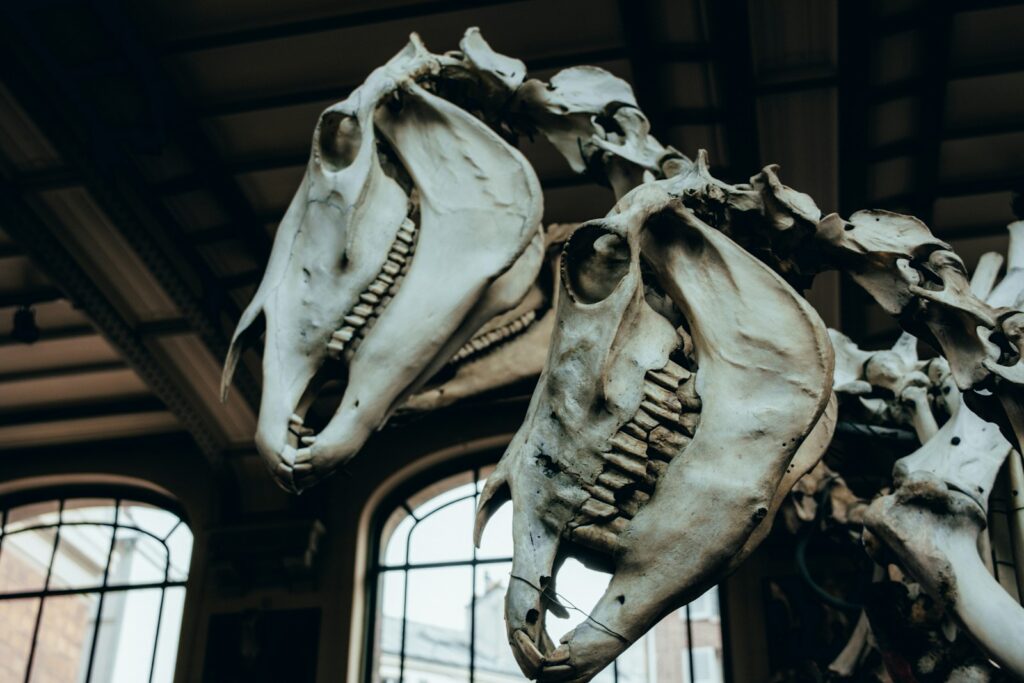
Contemporary paleontological research continues to reveal new insights about dinosaur coexistence through advanced methodologies and perspectives. Isotope analysis of fossilized teeth and bones now allows scientists to reconstruct food webs and understand dietary overlap between dinosaurs and contemporaneous species with unprecedented precision. Computer modeling of ancient ecosystems helps researchers simulate how different species likely interacted based on physical constraints, population densities, and resource availability. Comparative studies examining modern ecological principles alongside fossil evidence provide increasingly sophisticated frameworks for understanding ancient species interactions. The discovery of exceptionally preserved fossil sites, sometimes containing multiple species in close proximity, offers direct evidence of which species shared habitats. These advancing research methods continue to support the view that dinosaurs maintained complex, often non-aggressive relationships with the diverse species that shared their world.
What Ultimately Ended Dinosaur Coexistence?
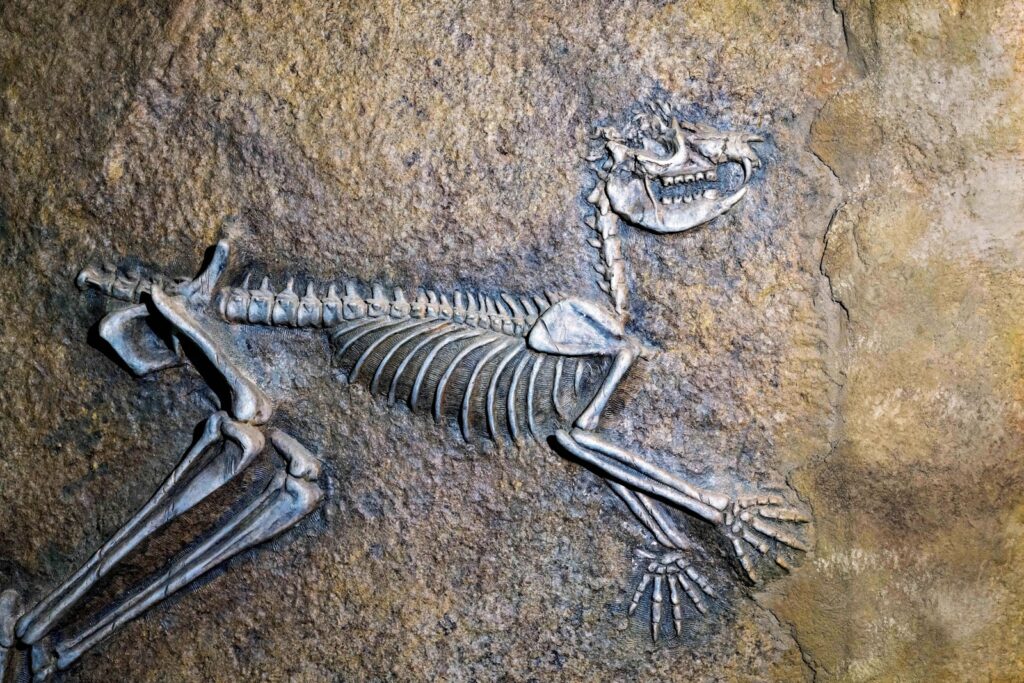
The dramatic end of the dinosaur era came not from failed coexistence but from a catastrophic extinction event 66 million years ago. The Chicxulub asteroid impact and subsequent environmental changes affected entire ecosystems, not just dinosaurs, demonstrating that coexistence patterns had been relatively stable until this external catastrophe. While non-avian dinosaurs perished, many species that had coexisted with them—including various mammals, birds, reptiles, amphibians, and fish—survived, suggesting successful adaptations to living alongside dinosaurs. The rapid diversification of mammals after the extinction indicates they were well-adapted and poised to expand when dinosaur competition was removed, not that they had been unable to coexist. This extinction event represents an ecological reset rather than the inevitable outcome of interspecies conflicts. Had this asteroid impact not occurred, evidence suggests dinosaurs might have continued their long-established patterns of generally successful coexistence with Earth’s diverse species.
Conclusion

The fossil record tells a compelling story of dinosaurs as integral parts of complex, interconnected ecosystems rather than simply dominant aggressors. For over 165 million years, dinosaurs coexisted with countless other species, forming stable ecological relationships that allowed for the flourishing of biodiversity. While predation and competition certainly occurred, evidence suggests that resource partitioning, niche specialization, and even mutually beneficial relationships characterized many dinosaur interactions with other species. The evolutionary success of dinosaurs depended not on eliminating competitors but on finding sustainable ways to share Earth’s environments. This more nuanced understanding of dinosaur coexistence not only corrects popular misconceptions but also offers valuable insights into the fundamental ecological principles that govern all life on our planet, past and present.

